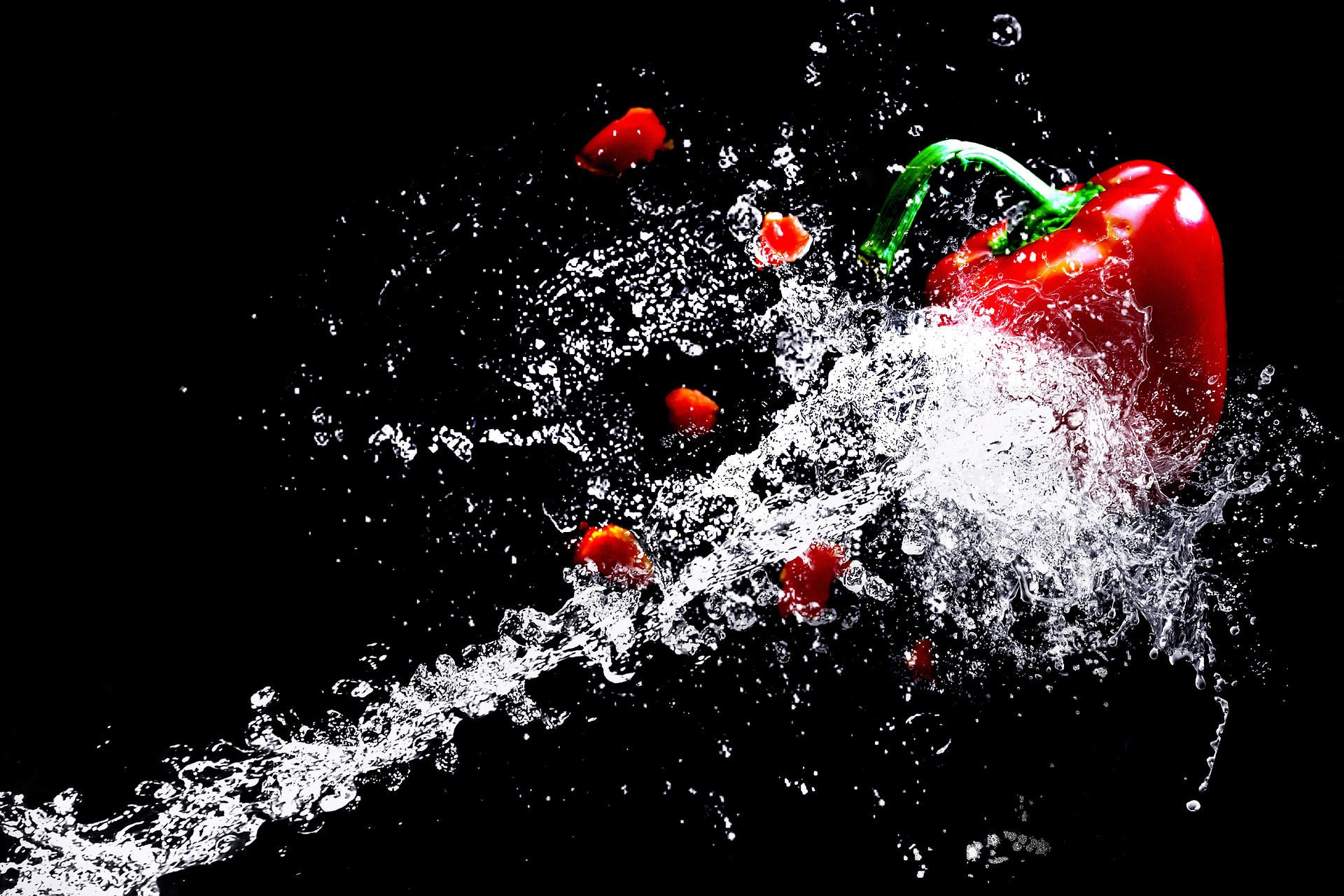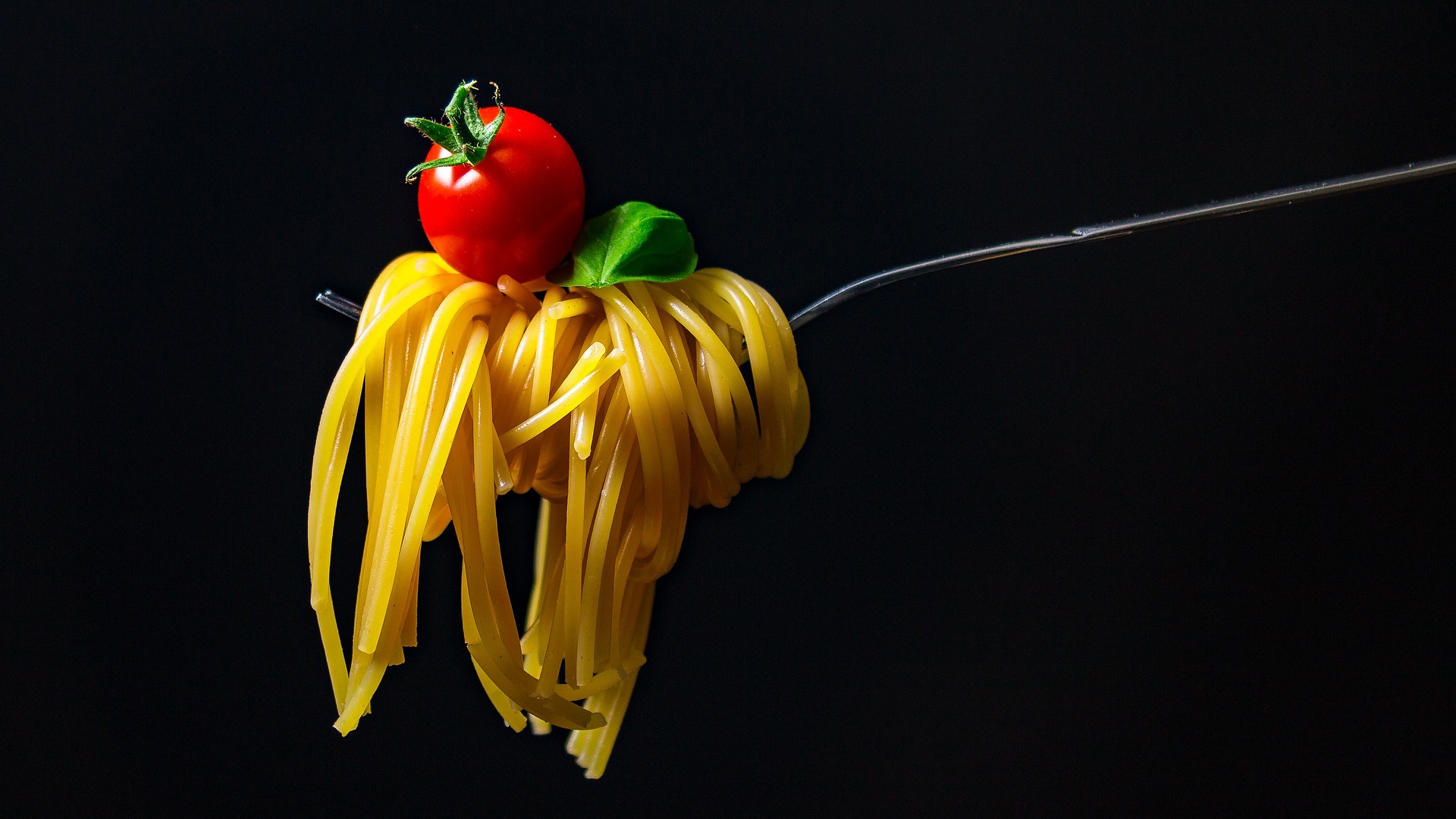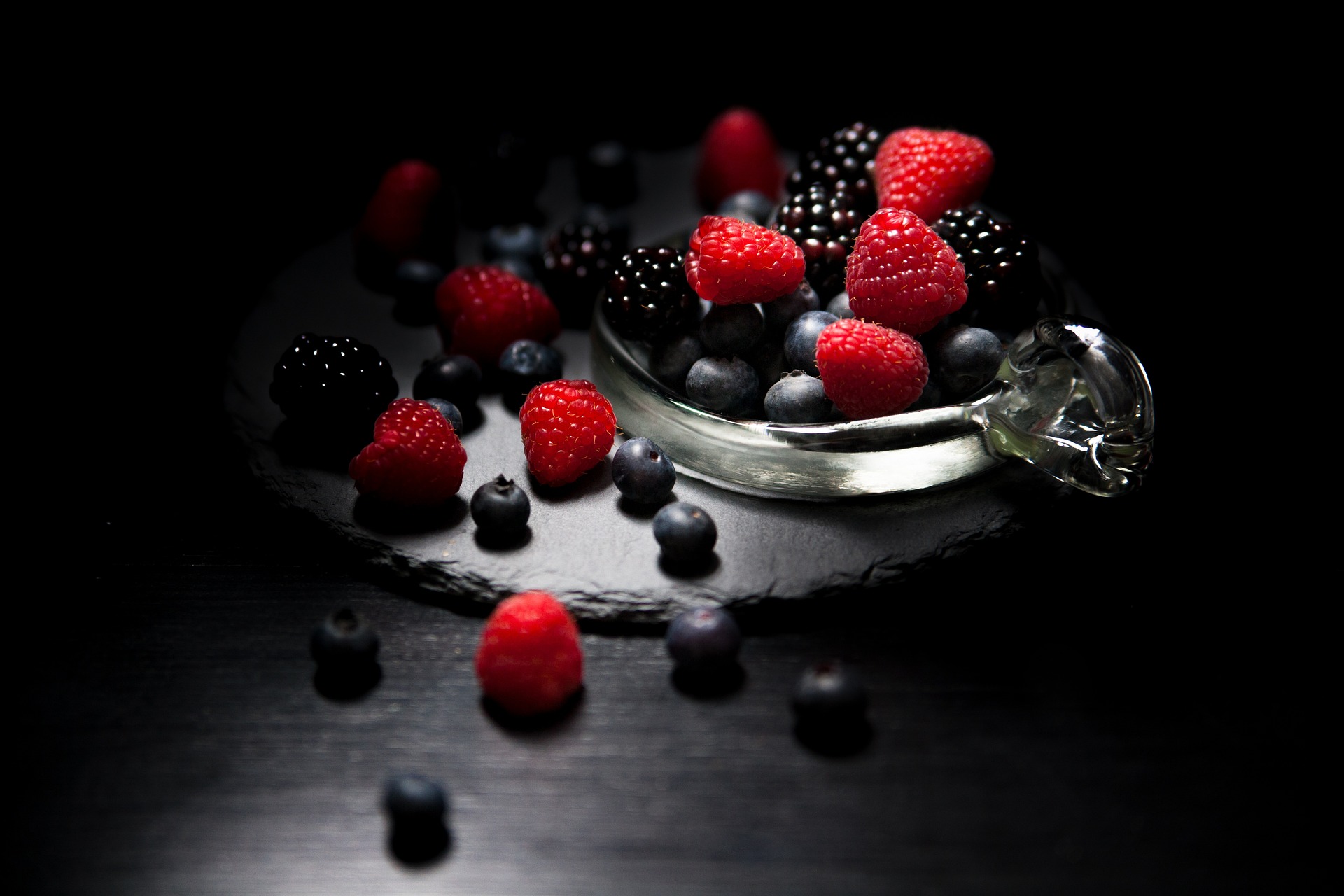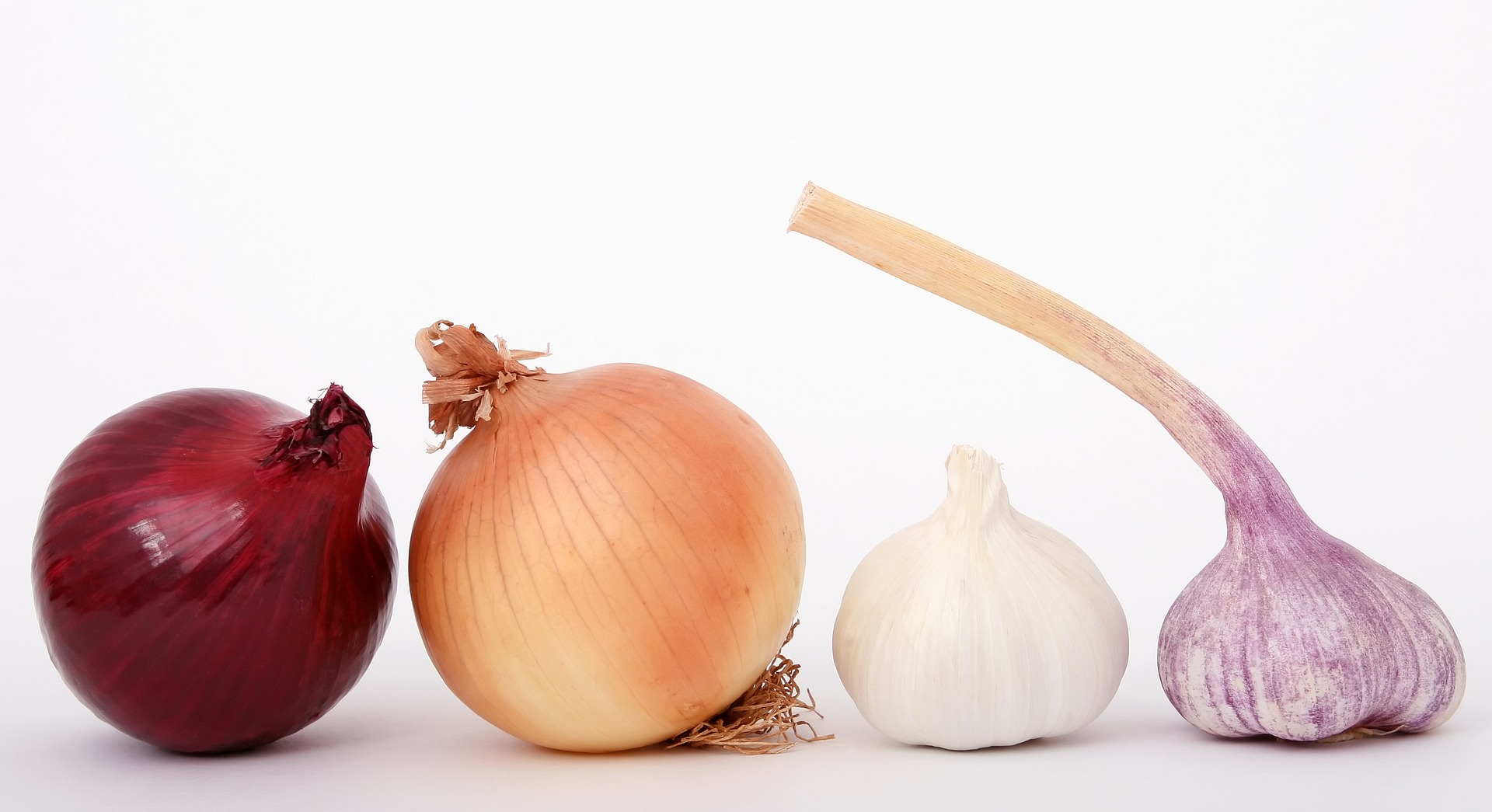There are plenty of delicious recipes that you would love to try in the world. But those who love photography may be more interested to capture some beautiful shots of glorious food. The younger generations are always interested to take a snap of all the recipes on the table when they eat out. This has become a social media trend or more precisely, we can say a hashtag trend. But one can also enter into this field as a professional. Yeah! If you love food photography, it can be a great career option too. But, you need to develop enough skills and techniques to lead the food industry with your passion.
You may find plenty of new ideas and opportunities in this field. Maybe you would get a chance to work with Michelin-starred restaurants or start shooting for some renowned cookbooks. But in order to achieve this all, you need strategic planning and adequate organization skills.

What is the food photography profession all about?
In this era of social media and digital marketing, the food photography career has become a very competitive area of work. Although this profession offers you several opportunities and a varied range of niches to explore, you should always be ready to work with a different types of people and in unique conditions.
Every project may have its specific set of requirements and photographers need to fulfill the demands accordingly. You may need to work for different cookbooks, magazines, food packaging adverts, and many more. Several reputed food businesses also prefer to hire experienced food photographers to capture images of their recipes for marketing campaigns. Moreover, you may need to travel a lot to capture unique recipes in different parts of the world. But it is not just about finding restaurants for capturing a variety of foods, you may also need to understand several technical details that are a must for camera handling. As food photography is a creative job, you may need to develop several skills with a methodical approach. In order to grow well in this career field, you may need to work hard and with passion.
Food Photography tips from experts to excel in your career:
There are plenty of easy-to-follow tips and tricks to improve your food photography skills. Whether you are capturing these images for your personal blog or are interested to impress some magazine editors; the below-listed article may help you to avail brilliant results.

- Do not use harsh artificial light
Same as other photography branches, food photography also needs perfect lighting. When you want to create an impact with your images, it is first important to master the skills of light adjustment. Several photographers prefer to choose natural light for capturing the real elegance of recipes; it can create a stunning impact. Many others even try to use artificial light as it may help them maintain consistency and white balance during hour-long photo shoots. Artificial light helps them to save time in the post-processing phase.
Artificial light helps people to enjoy enhanced flexibility with amazing results. They need not be in a hurry to capture images due to lighting issues. While working with artificial light, you should not use direct flash or tungsten lamps. Instead, it is better to purchase high-quality flashlights, bounce cards, or reflectors. One should not direct flash light towards the background of the food as it may create unappealing results. Rather, you should use a reflector to create bouncy light around food. Experts also recommend working with different camera settings, angles, and light intensity levels.

- Setting proper light in all directions
Creative photographers know how to play with light while capturing recipes. It should not stick to any one direction; rather, you need to set perfect lighting all around. You can experiment with side lighting, front lighting, and backlighting to check what difference it makes in the backdrops. Front lighting is usually easy to handle and photographers find it safe to use because it creates a lesser shadow on target recipes. Side light can be preferred when you wish to add more contrast and texture to food; it pops out the details more creatively.
The backlight may be a little tricky to handle but if you use it carefully, it can help you create a light, clean and focused platform. However, one should start using backlighting only after consistent practice. Keep experimenting with different settings, it will help you achieve fancy editorial appeal.
- Shooting right after cooking is finished
In order to capture the best images, you should start shooting right when the cooking process is over. If you delay, you may miss several wonderful opportunities. Experts advise starting capturing shots even when the cooking process starts. You should start capturing different ingredients when they are being prepared. There are plenty of good things about the cooking process; you should capture those details precisely and on time.
Note that several recipes look boring when they are cooked; such as brown dishes like stuffing, beans, or pasta. Sometimes, a little touch of garnishing may help; but the best recommendation is to capture them in the cooking process. The half-cooked ingredients look appetizing and impressive as well.
- Play with different camera angles
When we talk about angles, one size doesn’t fit all. Different recipes may look good from different angles; so you need to find the best one. For instance, fruit platters and cheese generally look attractive when captured from the top; however, burgers and tacos appear beautiful from the side. It clearly means that only one angle doesn’t work with all foods; instead, you should visualize recipes from different angles.

Take some time to explore different angles and get creative with your photography skills. Regular practice can help you achieve the desired appeal throughout the photo session.
- Do not disturb the saturation
While working on photography images, editing can be hit or miss. Many new-age photographers fall into the saturation trap and their professional food photos become less attractive. We all know that food appears more appealing when colors are highlighted but you should be more careful about the oversaturation issue. Try to work around real colors without creating artificial impressions.
- Learn to play with styling and props
We all know that little makeup helps to create wonders with photoshoots; this happens with food also. Experts state that little effort in styling and props can make your food look stunning. However, this area of work also needs special training and skills to succeed. It is always recommended to start with some clean and simple arrangements. Even after adding some styling arrangements, the food should remain the center of attraction. No matter how beautiful they are, do not use tableware and crockery that can divert the focus of recipes in photography. Always prefer using natural colors with food backgrounds and props while ensuring that the main hero is the food in the entire arrangement.
While capturing close-up shots, your selected cutlery and bowls must be pristine. Do not allow a crumb or liquid speck on the props; until and unless it enhances the style in a positive manner. If you are zooming in for deeper details, make sure you are not losing the actual impression of the recipe. You can use some additional tricks to achieve a fresher appeal such as adding a little bit of oil to meat and vegetables to make them look succulent.
Essential qualifications to become a professional food photographer:
In order to excel in a photography career, experience always holds more weight in comparison to formal education. It is possible to lead a successful career with a willingness to learn and grow. One can prefer to join a college course for learning photography tips and tricks. The formal training may introduce you to professional styles and techniques. It can also train you with post-editing skills. Moreover, after completing your degree, you should look for an apprenticeship so that you can learn in association with some senior field experts.
In this creative field, there is always some scope for growth and new learning. You should try to keep yourself up to date with the latest technologies and food trends. As a photographer, you may need to work on several challenging aspects but consistent practice can help you succeed well. While growing your skills, you should also start developing relevant contacts in the food photography industry. It may help you find new work opportunities while being able to collaborate with talented people. You can join a company or start as a freelance photographer to find ways to grow in the competitive world. With consistent practice and effort, you can definitely grow well in the food photography industry.